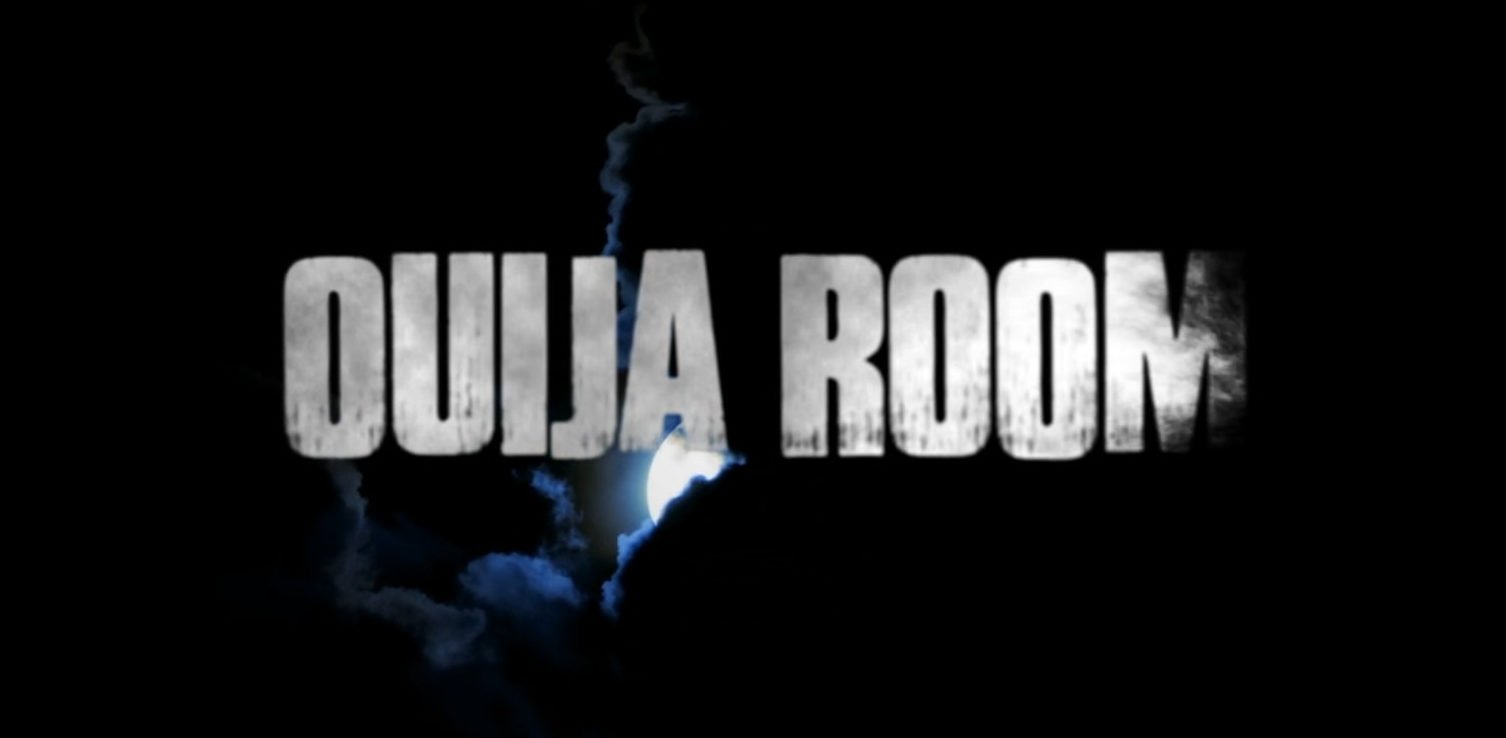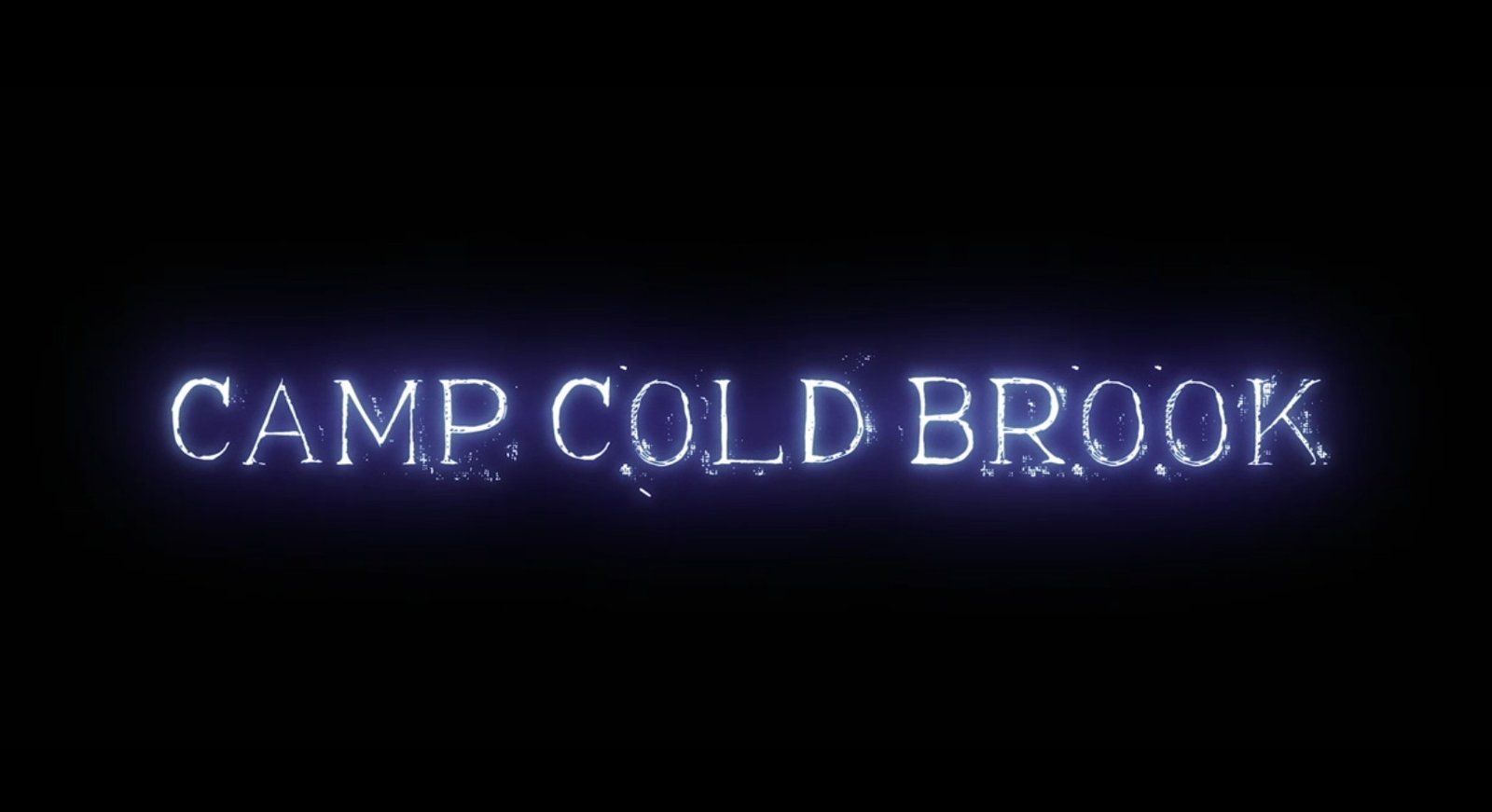Source: http://www.marshallnews.com/
Listen: paranormal-task-force-educates-on-ghost-hunting-history
The Paranormal Task Force’s Saline County Career Center-sponsored class on ghost hunting Saturday night, March 21, started with some “mood music” before presenters began to give attendees information on classifications of hauntings and the possibilities within each.
A haunting, explained Investigator Jeremy King, is a “repeated weirdness in one location.” Such occurrences might include a strange sight, sound, smell or an emotional or physical feeling. Visual stimuli are the least common and auditory the most, he said.
They are not always associated with ghosts, he said, and each haunting is a unique instance from any other, “like snowflakes.”
King, who said he had grown up in a haunted house, gave the audience a brief history of humanity’s belief in the supernatural. It began, he said, with animism, the theory that souls dwell not only within humans and animals, but also plants, rocks, water and anything else from nature. Then came the unavoidable question, “What happens to these souls once their home becomes destroyed?” Gods offered afterlives for their flocks, but King said Pliny the Younger was the first, around 200 A.D., to write a story documenting what people had reported for millennia — a spirit trapped on Earth.
King asked the audience what they believe causes hauntings. They answered, “Energy,” and “A suspended soul.” To their list, he added residual energy, a disembodied spirit, an inter-dimensional being or even an alien life form, a theory that King said he does not disbelieve.
Whatever their cause, most reported hauntings can be grouped into five categories, King said, listing “traditional” hauntings, residual hauntings, poltergeists, demonic hauntings and portal hauntings.
Traditional hauntings are the least commonly reported, he said, and the most commonly shown on television or in Hollywood movies. “Intelligent” ghosts that interact with humans are quite rare, King told the audience.
Most common are the residual hauntings, what King called “an imprint of energy … that just keeps recurring.” He related the theory that such hauntings are caused by energy being stored by a location and “played” later.
King explained that poltergeists are caused by emotional people who probably do not realize what they are doing.
Demonic possession is quite rare, King said, though he added that PTF President Greg Myers had at least one experience dealing with a demonic force, and even experienced an attack while filming for the upcoming documentary “The Haunted Boy.” Using thermal imaging cameras, said King, the crew captured on tape a spot of heat on Myers’ neck that increased to over 350 degrees Fahrenheit, the hottest level the cameras would measure.
As King told the audience that the first step for demonic possession is invitation, members began to raise their hands and ask questions of the possibility of a supernatural force following them home. King said it would be unlikely for anything of that nature to happen, but that didn’t stop the questions.
The important thing, King told the assembled, was to pray and “psychologically reaffirm your faith,” be it in some form of Christianity or something as different as Wicca.
Myers later said that one’s own personal feelings and beliefs about the supernatural can influence encounters with the supernatural. Following such an encounter, the mind of a skeptic, he said, may simply not allow the skeptic to admit to himself what he just saw.
Portal hauntings are somewhat controversial, said King, but are allegedly sites of multiple varieties of supernatural activity, such as “Zombie Road,” in Wildwood, which he called “the most haunted road in the U.S.”
Showing the audience a photo from Zombie Road contributed by a third party that featured a flaming image in the center, King said PTF couldn’t vouch for the authenticity of the image, but added, “You can’t say there’s no ghost. We can try to prove there is, but we can’t prove there is.”
He then showed additional photographs to the audience that pictured what he said might be ghosts. Some were merely shadows against a brighter background and others were blurred glows.
Other supernatural events King listed included “death events,” when a spirit appears moments before or after death to deliver a message or say goodbye to a loved one, and “spook lights,” a term which describes the occurrence of lights with no apparent cause, though King added that many times, spook lights are scientifically explainable and tend to occur near railroad tracks and fault lines.
He showed a video of a “spook light” caught on camera at the Tri-County Truck Stop in Villa Ridge that appeared to be a blue orb with tendrils hanging down.
King also shared a number of “electronic voice phenomena,” which he said appear on electronic voice recorders but are not heard by those present during the recording. Some EVPs seemed to say, “Follow me,” “Where did you go,” and “It’s getting hot in here.” Myers said one of these was spoken in a female voice when no one besides Myers was present.
Myers took over for the second half of the presentation, what he said might be the more boring part for some.
He began by asking why investigation of the paranormal is necessary. One audience member responded, saying it helps validate personal experiences. Another said it was good to open one’s mind to “other things out there.” Still another said, “The thrill of the unknown.”
Myers said reasons of humanitarianism, science, curiosity, and yes, fame and profit, were all reasons to study the paranormal, though he said he hesitates to even mention the fame, because there is so little involved. Profit, too, he said is minimal.
That doesn’t stop people from trying to make money through paranormal investigation, and Myers advised that anyone interested in contracting with a paranormal investigation agency to examine the credentials presented.
When one is investigating, Myers said to always bring certain things such as a flashlight, a first aid kit, identification, a cell phone and a friend. He also said to never trespass, relating the story of a group of teens who sneaked into a barn and alerted the nearby farmer. By morning, Myers said, one teen was dead.
In an investigator, the most important qualities are objectivity, logical reasoning and, “most of all, … an open mind. You have to basically expect the unexpected.”
Myers then told the attendees about a couple of pieces of electronic ghost hunting equipment: an EMF meter, which measures electromagnetic fluctuations often reported during ghost hunts, and a temperature sensor in the form of a laser pointer. During supernatural activity, said Myers, the temperature can suddenly increase or decrease at least five degrees Fahrenheit. Geiger counters are another piece of equipment that Myers mentioned, though he did not have one on hand. During manifestation of an entity, Myers said, radiation can be given off, which the Geiger counter will measure. Other equipment ghost hunters use, he said, includes meteorological instruments, such as barometers and hygrometers, which are used to measure humidity.
Ghost hunters don’t just run into a home brandishing barometers simply because someone made the claim that the house is haunted, Myers said, it takes research and analysis before teams such as PTF will commit the time and effort required to investigate a site.
First, there must be an alleged haunting shown to be an ongoing and constant process for which there are witnesses. Then, potential explainable causes must be explored, the type of haunting must be determined and any potential dangers, including those from human sources, must be identified.
“(When) you’re visiting a house where the doors are reported to open and close, start trying to check it out, because you’re going to have to eliminate all the explainable to be left with the unexplainable,” said Myers.
Next comes the pre-investigation, when investigators come during the daylight hours to inspect the area. However, Myers was quick to point out, ghosts don’t only come out at night.
No matter what, Myers added, “You can never say a location is not haunted unless you’ve lived there forever and been there 24 hours a day.”
Investigator Ron Turner then addressed class members and told them about some of the ghosts reported at the two locations around Marshall attendees would soon get to investigate for themselves.
Before investigation of the first site began, members of the “Scream Team,” some friends who wore matching shirts, prayed for safety.
At the first site, the class broke up into three groups, each of which followed one PTF member around as he utilized his gadgets in search of ghosts, asking spirits to speak into the “grey box in my hand with the flashing red light,” so investigators could later listen for electronic voice phenomena.
One attendee took photographs at seemingly random times of apparently random objects, perhaps in hopes of capturing a ghost on film.
At the second site, attendees were free to roam around the building while using EMF detectors and laser thermometers. Many could be heard asking ghosts to speak into their voice recorders.
Myers said he looks at the non-profit PTF as something of a social service — property values can be recovered should no paranormal activity be found in a “haunted” location, it can help put a person’s mind at ease by either confirming a supernatural experience or saying no such activity was found or it can even bring together a community in the search of that which is legendarily unprovable.





